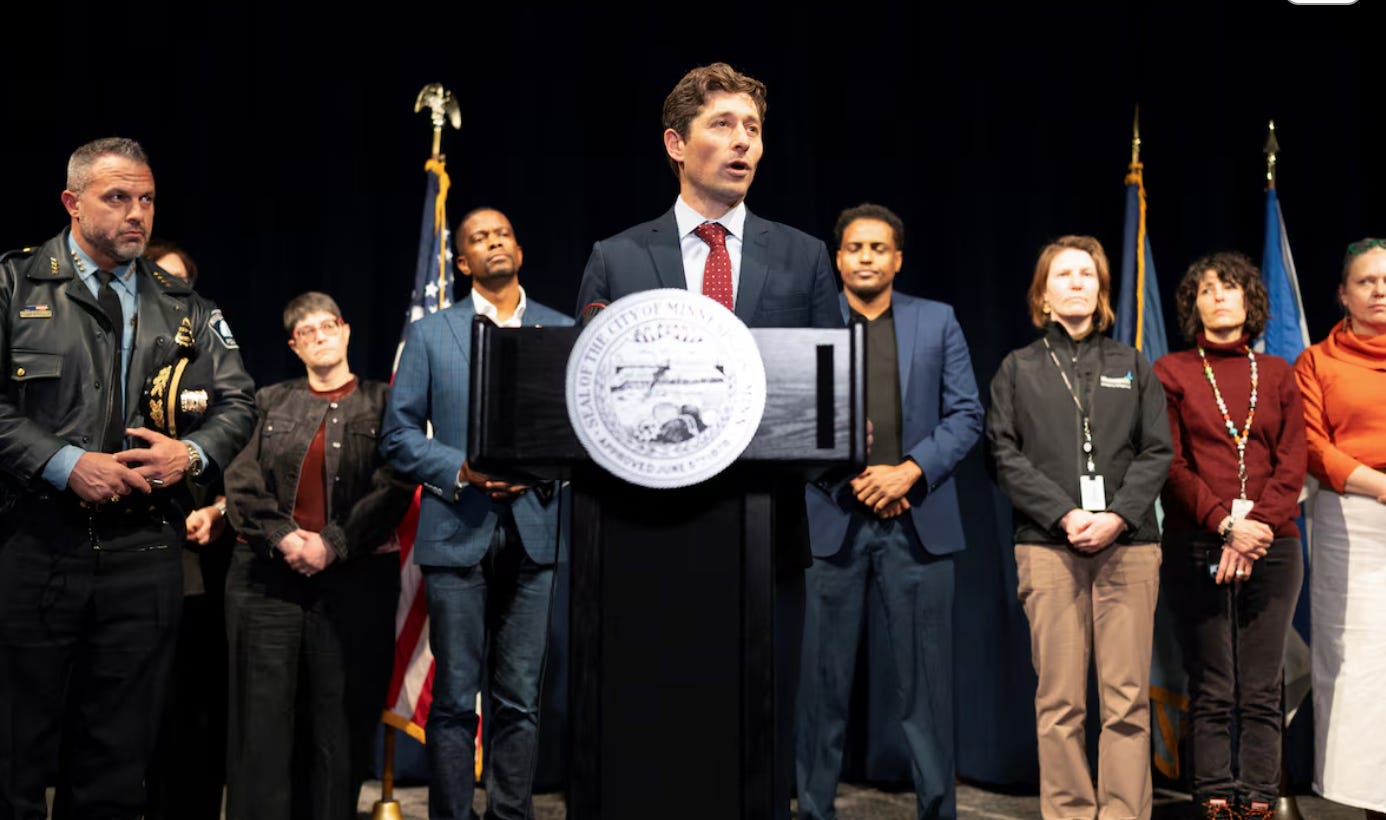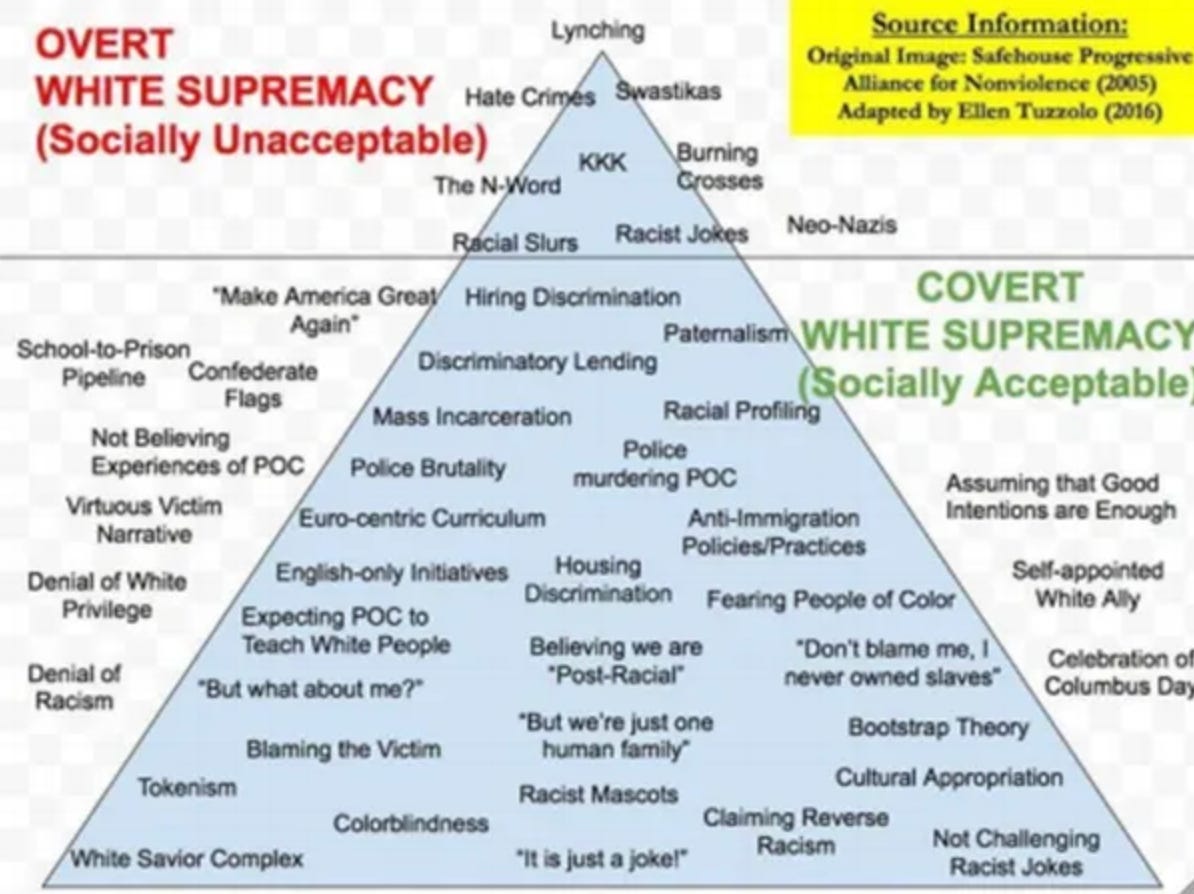Trump’s health sparks fresh concerns

When Ronald Reagan led the nation, the comics at Saturday Night Live had a field day. One of their best skits showed him as a kindly, doddering soul as he met with children, but then as a shrewd, calculating strategist as he plotted governing decisions.
It was only much later – six years after he left office — that we learned that Reagan was, in fact, developing Alzheimer’s that some analysts believe clouded his final years in the White House. Beginning as early as three years into his first term, even his son Ron was alarmed about his father’s mental condition.
Consider Reagan’s performance in an October 1984 debate with Walter Mondale, when the president was 73. “My heart sank as he floundered his way through his responses, fumbling with his notes, uncharacteristically lost for words,” Ron Reagan wrote in “My Father at 100,” a memoir. “He looked tired and bewildered.”
And, of course, we all saw similar confusion in Joe Biden. His embarrassing debate with Trump in June 2024, when Biden was 81, drove him to yield the nomination to his vice president, Kamala Harris.
Now, it seems we are seeing similar plunges in Donald J. Trump, 79.
Fresh press accounts are chronicling his tendency to doze, on camera, during Cabinet meetings, along with his shortened workdays. At a Nov. 6 special Oval Office event, for instance, Trump’s “eyelids drooped until his eyes were almost closed, and he appeared to doze on and off for several seconds,” The New York Times reported. “At another point, he opened his eyes and looked toward a line of journalists watching him. He stood up only after a guest who was standing near him fainted and collapsed,” not bothering to go to the man’s aid.
Trump applies makeup to a bruise on the back of his right hand, the Times noted, fueling questions about a medical condition that his physician and aides attribute to aspirin and to shaking so many hands. In September, the bruising, coupled with swollen ankles, prompted observers on the internet to speculate wildly about his health.
Of course, Trump attacked the paper and others for raising doubts about his health. “After all the work I have done with Medical Exams, Cognitive Exams, and everything else, I actually believe it’s seditious, perhaps even treasonous, for The New York Times, and others, to consistently do FAKE reports in order to libel and demean ‘THE PRESIDENT OF THE UNITED STATES’,” Trump wrote on Truth Social in a lengthy post.
“Seditious,” “treasonous?” Even such terms go beyond his usual hyperbole. Might his fury lead him to press Justice to investigate, as he did with Democratic officials who did little more than cite the law in a video urging military commanders to balk at illegal orders?
As former CBS anchor Dan Rather noted in his Substack, “Steady,” Trump last week slipped into dreamland during a Cabinet meeting as Secretary of State Marco Rubio praised his leadership. And Rather offered a list of other signs of the president’s cognitive decline:
· Inability to remember words and names — Trump called his Homeland Security Secretary, Kristi Noem, “Cristie Kerr,” a professional golfer.
· Memory loss — During a September press conference, he said his first term “started around 2015,” then corrected himself to 2016. It began in January 2017.
· Confabulation — He claims his uncle, a professor at MIT, taught the Unabomber, Ted Kaczynski. His uncle died 11 years before Kaczynski was identified as the Unabomber, and he did not attend MIT.
· Increased aggression — He has posted thousands of all-caps social media rants aimed at everyone from California Governor Gavin Newsom to The New York Times.
· Confusion — He believes giant, energy-producing windmills “are killing us.”
· Verbal incoherence — The White House has removed from its website some of Trump’s inscrutable remarks. “I got rid of – just one I got rid of the other night, you buy a house, they have a faucet in the house, Joe, and the faucet the water doesn’t come out,” he said in one scrubbed speech. “They have a restrictor. You can’t – in areas where you have so much water they don’t know what to do with it. Uh, you have a shower head the shower doesn’t uh, the shower doesn’t, you think it’s not working. It is working. The water’s dripping out and that’s no good for me. I like this hair lace and [sic] – I like that hair nice and wet.”
As it happens, dozing off in public is not entirely new for Trump, suggesting he’s been slipping for a while now.

“When he repeatedly snoozed during his Manhattan trial, last spring, it was a curiosity—especially for someone who had previously seemed so high-energy,” David Graham noted in “The Enfeebling of the President,” in The Atlantic. “But as I wrote at the time, it was also a warning: Was a man who couldn’t stay awake for his own felony trial, during the middle of the day, prepared for the rigors of the presidency? We now have some sense of the answer (and we might also wonder whether he’s even worse at staying awake during meetings that aren’t public).”
But Trump’s incoherence and rambling, also while not entirely new, appears to have worsened. Reporters have long engaged in sane-washing in writing about Trump’s speeches, and they have struggled anew to find consistent story lines in recent comments. Consider his 90-minute “weave” in Pennsylvania on Dec. 9, in which rambled from attacks on “affordability” to denials of inflation and defenses of his anti-immigration policies.
At one point, the Times noted, he compared the U.S. sealed borders to North Korea’s. He also mistakenly referred to his chief of staff, Susie Wiles, as “Susie Trump.”
As he often does, he also repeatedly rode one of his favorite hobbyhorses, blaming Biden for all the nation’s ills while citing no data stats to back up his overwrought claims. For instance, under Biden, he argued, “100 percent of new jobs were going to migrants,” but that “since I took office, 100 percent of all net job creation has gone to American citizens.”
Recent medical tests have done little to clarify Trump’s condition, largely because he and the White House have traded in haziness, keeping the precise results secret. When he was asked about an October MRI in mid-November, Trump insisted both that he didn’t know what it was about and that it had a great result: “I have no idea what they analyzed,” he told reporters, as Graham noted. “But whatever they analyzed, they analyzed it well, and they said that I had as good a result as they’ve ever seen.”
As Graham reported, this has raised a big question: MRIs aren’t a routine part of annual physicals, and the president had his most recent physical just last April. So why test him again?
The New Republic reported that doctors generally use such tests to assess tumors, joint injuries, or heart conditions. Moreover, former White House physicians questioned the timeline of Trump’s appointment, pointing out that his four-hour visit to the hospital was far longer than needed for an MRI. Nonetheless, Trump said the tests came back “perfect.”

Trump claims to weigh 224 pounds, Rather wrote, adding that this was “suspiciously just under what is considered obese for someone 6 feet 3 inches tall — especially since he rejects physical exercise as a concept and happily eats Big Macs, plural, in one sitting.” Trump is said to down a dozen Diet Cokes a day.
It’s not unprecedented for presidential administrations to obscure the leader’s health problems. Woodrow Wilson’s incapacitation from a stroke in 1919 was kept secret and his wife, Edith, handled many of his duties, as scholars later learned. FDR, who had suffered from polio, shielded lingering problems from public view, as did JFK, who had chronic back pain and Addison’s Disease. Of course, Biden’s decline was covered up until it came into the open, much as seems the case with Trump now.
What’s more, in some ways Trump seems merely to be a figurehead. He has given free rein to aides such as his anti-immigrant tsar Stephen Miller, his budget manager Russell Vought (architect of Project 2025), the Health and Human Services despoiler Robert F. Kennedy Jr. and the Pentagon-wrecker and drug-boat assailant Peter Hegseth. Trump seems little more than a rubber-stamp for their efforts.
Still, the stakes are enormously high when the decider-in-chief’s abilities to make rational choices may be impaired. As the oldest American ever to take office in the White House, Trump’s mental acuity is unlikely to improve, making for a rocky remaining three years. The president, who will leave office at 82 if he endures, will provide plenty of grist for SNL. That’s hardly encouraging for the rest of us.
































